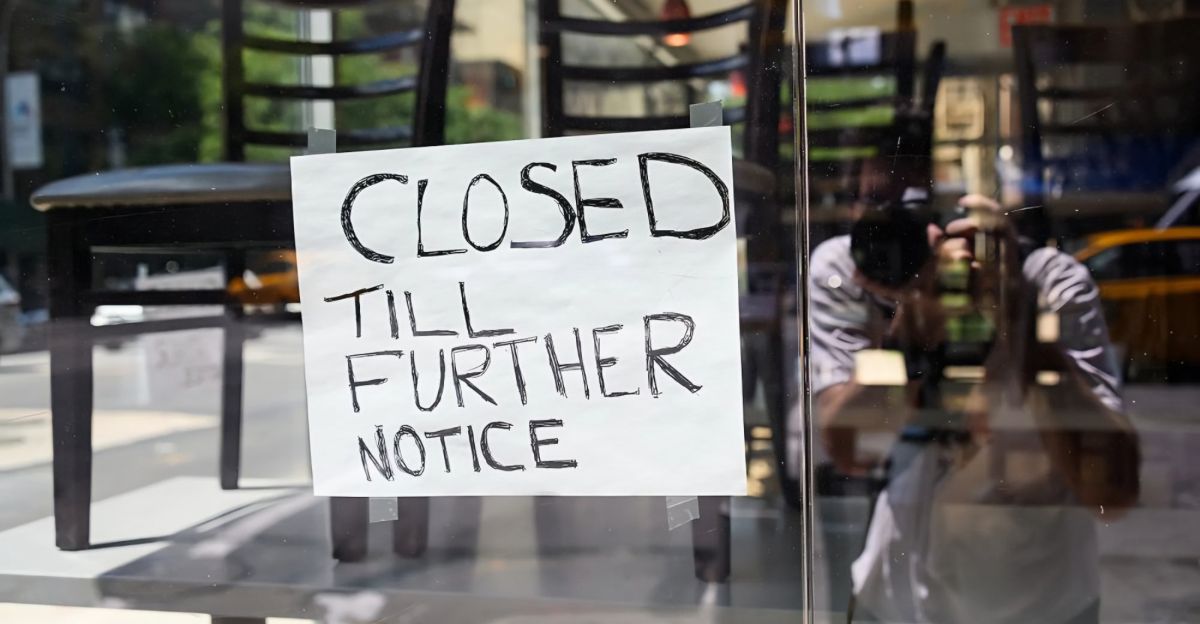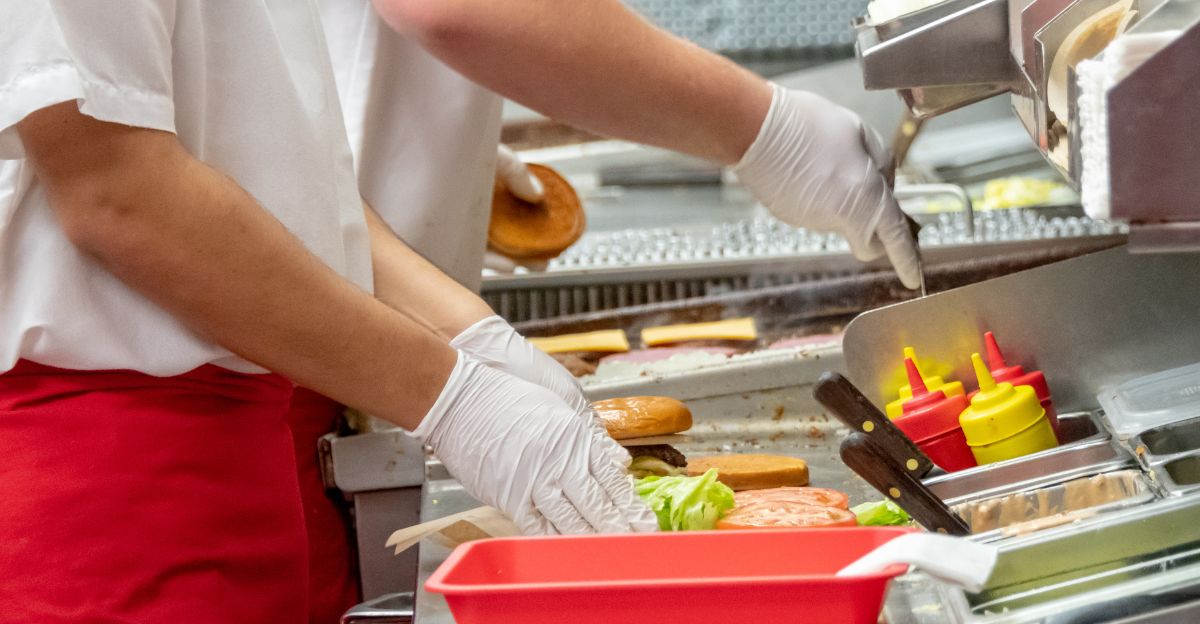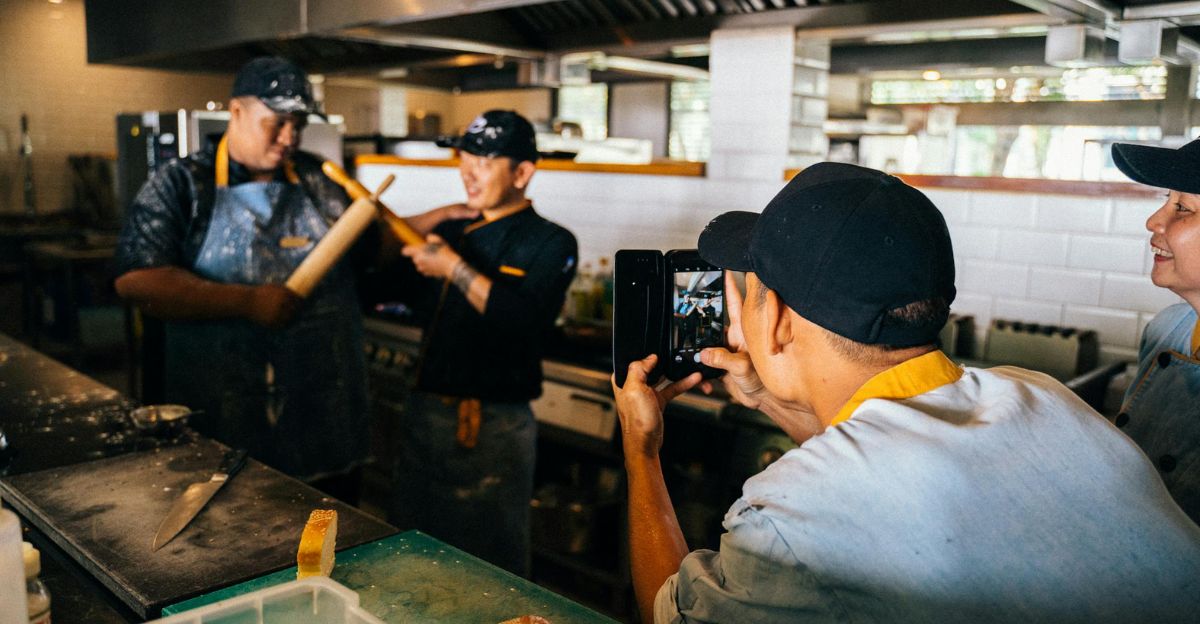
The restaurant sector is no stranger to high stress, low margins, and rapid turnover. But this month, one Ohio establishment defied expectations in a way that stunned industry insiders. After years of steady business and loyal clientele, the entire staff walked out, together. It wasn’t burnout or poor management alone that drove them out. It was a coordinated stand against a broken system. Their exit turned a single closure into a rallying cry for food service workers across the country.
In an industry built on tradition and routine, this act of collective defiance hit like a shockwave. What looked like a failing restaurant was, in reality, a bold rejection of the status quo. Nearly 60 percent of restaurant workers now say they’d consider doing the same. What triggered such a bold move, and what does it say about the state of hospitality work in America?
This Movement Didn’t Start Yesterday

The Pour House walkout wasn’t the first of its kind. In 2021, staff at Del Mar in D.C. walked out mid-service over racial bias. In 2023, New York’s ABC Cocina saw its entire team quit in unison during a Friday dinner rush. These moments were more than headline-grabbing stunts—they were early warnings.
Now, similar actions are happening more frequently, not less. What once seemed like rare uprisings have become part of a rising pattern. Restaurant owners who dismissed them as isolated incidents are facing a new reality: workers are organized, fed up, and no longer afraid to walk.
The Industry Was Built on a Fragile Foundation

For decades, restaurants functioned on a model that exploited loyalty under the guise of “family.” Workers endured long hours, low wages, and verbal abuse while being told to stay grateful. COVID-19 peeled back that illusion. When 5.5 million restaurant workers were laid off in 2020, many never returned. Those who did found nothing had changed, same instability, same pressure, same empty promises.
The social contract had quietly unraveled, but restaurant owners didn’t adjust. Instead, they doubled down on a system already falling apart. With no structural fixes in place, worker frustration kept building, setting the stage for coordinated action—and growing defiance.
Respect Is Now a Baseline, Not a Bonus

During the pandemic, service workers reevaluated what they were willing to tolerate. Other industries adapted with flexible schedules and benefits, but restaurants stayed locked in outdated hierarchies. As a result, staff solidarity went from rare to essential. When hiring pools dried up, managers could no longer replace unhappy workers overnight.
In some cases, a single poorly handled conflict triggered entire team departures. The shift wasn’t just about better pay, it was about dignity.
Restaurant owners suddenly found themselves navigating a workplace culture they didn’t recognize. And when respect became non-negotiable, loyalty shifted away from management and toward the people who shared the struggle.
The Walkout That Shut Down a Small-Town Favorite

The Berndt family thought they ran a stable restaurant in Canfield, Ohio. Pour House had regulars, profits, and years of goodwill. But when their manager asked to step back for family time, something unexpected happened, every employee quit in solidarity. “Not one single person gave my parents a notice or anything. So with the whole staff quitting and no time to find others, we have to shut down,” said Katie Berndt.
The walkout wasn’t about pay or conditions. It was a loyalty shift: workers stood by each other, not the business. In just hours, a long-standing local institution collapsed. It wasn’t personal; it was collective. And what happened in that small-town kitchen soon sparked much larger questions across the community.
What Happens When a Town Loses Its Gathering Place

Canfield wasn’t just losing a restaurant—it was losing a hub. The Pour House closure canceled birthday dinners, weekend routines, and community events. Locals quickly realized how fragile their dining landscape really was. The Berndts’ stress became everyone’s concern. If one unexpected walkout could shut down a neighborhood staple, how stable were the other restaurants?
Owners across town took notice, reevaluating how they treated staff and whether loyalty could be counted on. The incident revealed something deeper: worker solidarity can upend not just a business, but an entire community’s sense of normalcy. And no town is too small to feel the fallout.
When Service Workers Choose People Over Paychecks

Pour House’s closure wasn’t about bad bosses or poor working conditions. The manager just wanted more time with his family. That basic request led the entire team to walk out in support. They chose personal loyalty over job security. Their message was clear: relationships mattered more than a paycheck. This wasn’t defiance for defiance’s sake. It was a rejection of an industry culture that often demands everything while offering little in return.
The moment exposed how much workers are willing to give, but only when they feel seen. It also raised a bigger question: what does the industry owe its people?
Competing for Workers, Not Just Customers

Today, restaurants aren’t just competing for business, they’re competing for staff. At the time of Pour House’s closure, 82% of restaurants were hiring, yet roles remained unfilled. A full-staff walkout like Canfield’s doesn’t just impact one location, it sends a warning to every other owner still relying on outdated management tactics.
Hiring isn’t about who can post the job first. It’s about who can offer dignity, stability, and respect. Restaurants that treat workers as disposable are finding out the hard way that no one’s lining up to be mistreated. And without change, even the most popular establishments risk losing the people they rely on most.
Workers Are Done Accepting “Just How It Is”

For years, restaurant jobs came with the same unspoken rules: low pay, erratic shifts, toxic bosses. That’s changing fast. A new generation of workers is pushing back, and they’re not doing it quietly. Social media platforms have made it easier to share stories and coordinate action, turning isolated frustrations into organized resistance.
At Pour House, the staff didn’t just walk away from a job. They walked away from a system that no longer made sense. They’re asking for what other industries already offer: living wages, respectful managers, and schedules that don’t ruin personal lives. And they’re not interested in going back.
Where the Industry Goes Next

Pour House’s closure is not just a cautionary tale, it’s a signal of deeper shifts already underway. Across the country, restaurant workers are demanding more than survival wages and burnout shifts. They want respect, stability, and a seat at the table. Owners who still see labor as disposable are falling behind.
The future of dining depends on a new kind of leadership—one that values people as much as profits. This isn’t just about restaurants. It’s about what kind of work culture we accept, and what we’re willing to change. The places that listen will be the ones still standing.
